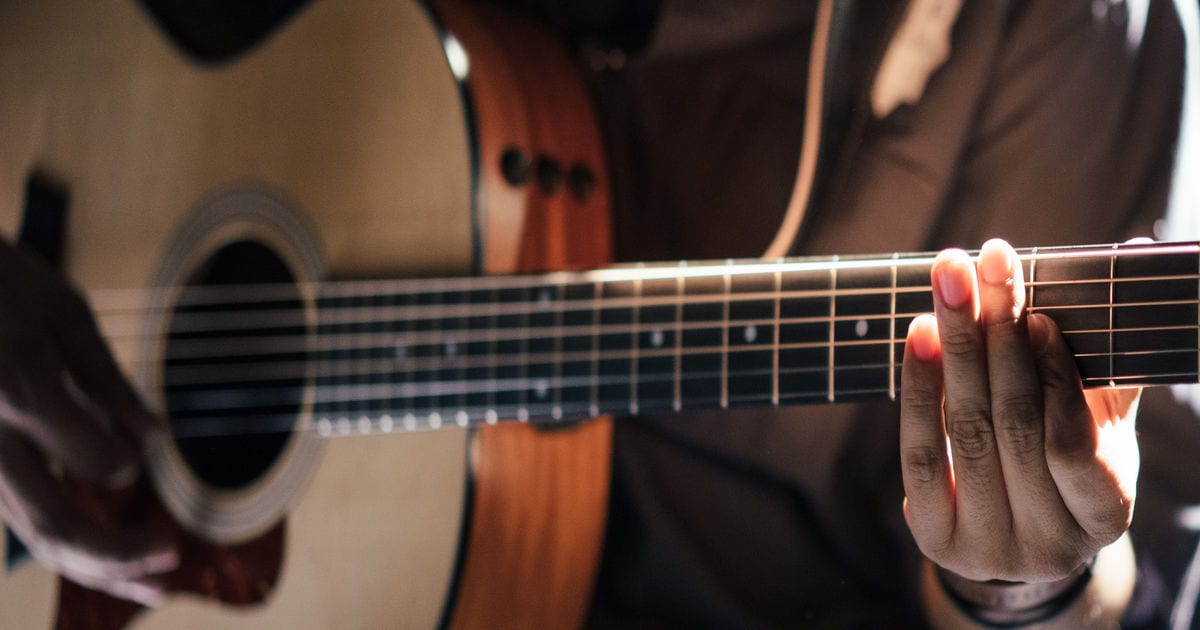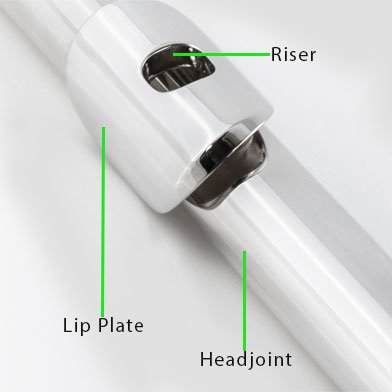As with all musical instruments, it is never quite as easy and straightforward as you would think! The clarinet is no exception. When you order your clarinet from Musical Instrument Hire it will arrive as a full ensemble and you won’t need to up-grade or replace any of the main components. However, if you have your own clarinet you may be advised to up-grade the mouthpiece over time as you progress. A different/better mouthpiece can make a world of difference to your performance and sound from the clarinet. It is difficult to imagine how this can be so, but it really is. It is the equivalent of having the correct mouthpiece for a brass instrument, or a better bow for a string instrument. The wonderful world of music never fails to amaze non-musicians, and often baffles parents who have gone on the music journey with their off-spring and find themselves time and again back in the music shop!


Materials
Clarinet mouthpieces can be made of different materials. A student clarinet will often use a mouthpiece that is made of plastic and therefore is durable and affordable. A plastic mouthpiece will give a “bright” sound and tone and enable a beginner to produce a good tone from the off. Musical Instrument Hire use Yamaha, Buffet and Jupiter student clarinets which all have plastic mouthpieces appropriate to the instruments.
The grade up from plastic would be ebonite which is hard rubber. Ebonite is used for mouthpieces for classical and jazz musicians who do not necessarily need a great deal of volume or projection.
Some jazz players, or players who are doing outdoor performances will use a crystal mouthpiece. These have good projection and a bright sound that will carry. Crystal is very delicate, and these will come with a soft mouthpiece pouch to protect them when not in use.
Wood mouthpieces are also available but not very common. They can give a very quiet sound and don’t project well. They are also proven to be less stable than ebonite or plastic mouthpieces.
Mouthpiece Accessories/Necessities
If you are purchasing a new mouthpiece it is important that the mouthpiece has a ligature. The ligature is the shiny bit of metal, leather or dark rubber that goes over/around the mouthpiece and holds the reed on. You cannot have a mouthpiece without a ligature. The flattened part of the mouthpiece is called the table, and this is where the reed is clamped to the mouthpiece by the ligature. Most tables are flat, but a few models have a slight curve to accommodate the reed swelling as it gets moist.
Your mouthpiece also needs a mouthpiece cap. This is purely to protect the mouthpiece. Ideally, you should remove the reed from the mouthpiece when the clarinet is not in use and then the mouthpiece cap goes over the mouthpiece and ligature and keeps it safe in the case. Equally, if the clarinet is being left out, the mouthpiece cap is important to stop the clarinet mouthpiece from becoming damaged when not being held. The mouthpiece cap can also protect the reed if it is being left on the clarinet but not being played. If the mouthpiece is chipped it is no longer of any use. It needs to be protected and kept intact at all times.
The Tip & The Lay
The tip of the mouthpiece is surprisingly important as it affects the ease and quality of the tone production. Tips can be closed or open. The narrower the tip is the harder the reed needs to be. If the tip is closed it will give the least resistance and produce the darkest tone whereas an open tip will give a brighter or louder tone. Beginners will start with a medium sized tip which will work well with a medium reed. As a player progresses the reed strength will increase and therefore the mouthpiece will need changing over time. The tip opening at the end of the mouthpiece and the facing curve from the tip to the point where the mouthpiece contacts the reed is called the lay (facing curve) of the mouthpiece.
Baffle & Tip Rail
This is the area of the mouthpiece that is directly behind the tip rail which is the point where the reed seals with the mouthpiece as it vibrates. The baffle’s shape makes the difference to the brightness or darkness of the sound produced from the mouthpiece. The closer the baffle is to the reed the brighter the sound will be in general. There are “large” or “high” baffles, or sometimes called “small” or “low”. A low baffle will produce a darker sound.
Side Walls/Side Rails & Chamber
These are the side walls on the inside of the mouthpiece that lead to the main chamber of the mouthpiece. The shape and depth of these will affect the tone and volume that the mouthpiece can produce. The chamber is the open space in the middle of the mouthpiece. Large chambers produce a bigger tone and small chambers produce a more focused, narrower tone. Mouthpieces tend to have smaller chambers rather than larger for a brighter/louder tone overall.
Window & Break Point
The window is the hole in the mouthpiece that the reed covers when it is positioned on the mouthpiece. The break point is where the reed separates from the table’s flat surface.
Tenon
The tenon is the corked part of the mouthpiece that is narrower and fits snugly into the barrel on the clarinet. Each section of the clarinet is fixed together by a tenon.
Beak
This is the area on the front of the mouthpiece where the top lip will sit. There are many variables and the slightest alteration can make a difference. The beak can also be referred to as the wall of the mouthpiece and as stated above, the wall ratio can vary between high end mouthpieces.
Custom Made Mouthpieces
It is possible to have a custom-made mouthpiece. This service enables professional players to have the exact specifications that matter to them for their style of playing.






